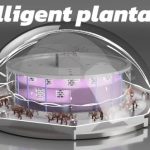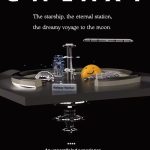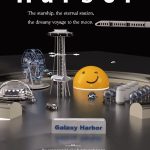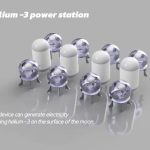MAX by MAX
IES CERVANTES MADRID-MADRID Spain 14 years old 5 / 0 English Moon
Project description
The aim of our project was to create a futuristic and self-sufficient habitat suitable for future missions, with the goal of advancing scientific exploration in the astronomical sector. The project stemmed from the idea of establishing a habitat that could support human life with all essential needs met, including food production, sanitation measures, and adequate living quarters, within an interconnected mini-civilization linked by tunnels with controlled oxygen levels.
The lunar habitat consists of six interconnected lobes, five of which are transparent, along with the connecting tunnels. Additionally, the habitat includes a greenhouse and an emergency rocketship prepared for rapid deployment if necessary. Adopting a minimalist approach, the design prioritizes efficiency to facilitate construction in challenging lunar conditions.
The transparent lobes serve as hubs for daily activities, prioritizing functionality over privacy to encourage social interaction, work, and recreation. To counter the absence of natural day-night cycles on the Moon, innovative window blinds mechanisms have been integrated into the design. Given the extreme lunar temperatures ranging from -153°C to 123°C due to the lack of atmosphere, the habitat employs high-quality insulation materials to maintain a comfortable average temperature of 20°C throughout.
The connecting corridors act as essential passageways between different sectors of the lunar base, adhering to the same construction standards as the rest of the habitat. Unlike the transparent lobes, these corridors omit window blind mechanisms to minimize costs, considering their primarily utilitarian function.
Designed to provide increased privacy, the opaque and semi opaque rooms serve as sleeping quarters and sanitation facilities. One room features a smooth floor to optimize sleeping space, while the other is designated for personal hygiene, including showering and attending to biological needs.
Regarding supplies, water is transported from Earth via remote-controlled spaceships and stored in tanks, with waste disposed of back on Earth. In extreme circumstances, a urine purifier may be used, with strict usage protocols in place to conserve resources.
Energy generation primarily relies on solar panels, supplemented by innovative kinetic energy harvesting methods. A dedicated sports section allows residents to convert physical activity into electricity, contributing to the overall energy supply.
The entire habitat design embodies a minimalist ethos, emphasizing optimization for lunar living conditions while prioritizing the well-being of its inhabitants. By addressing fundamental needs and considering the unique challenges of lunar habitation, our project lays the groundwork for sustainable human presence beyond Earth.
In conclusion, our futuristic lunar habitat represents a significant step forward in the exploration and potential colonization of space. Through innovative design and careful consideration of environmental factors, we strive to facilitate prolonged scientific exploration and human habitation beyond our home planet.
#3D Design
Other Projects



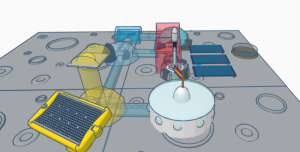
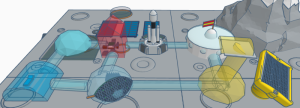
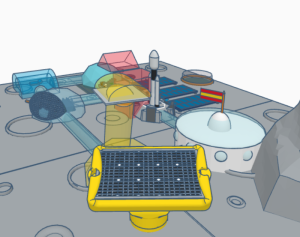

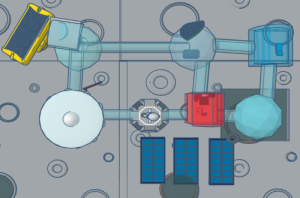
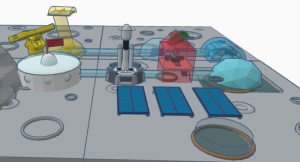

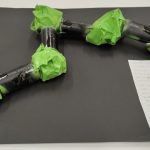

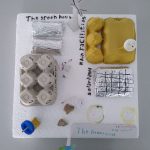
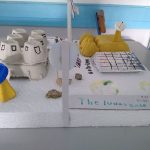
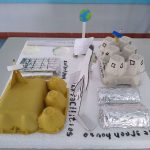
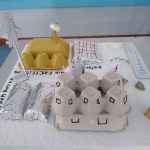
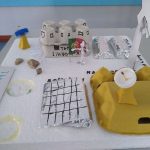
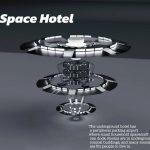
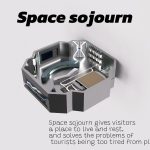
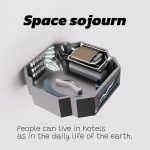

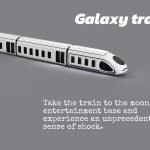

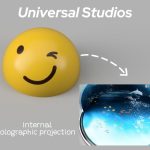
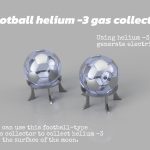

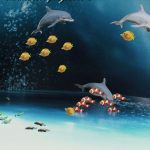
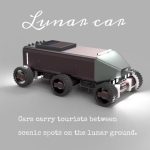
-150x150.jpg)
